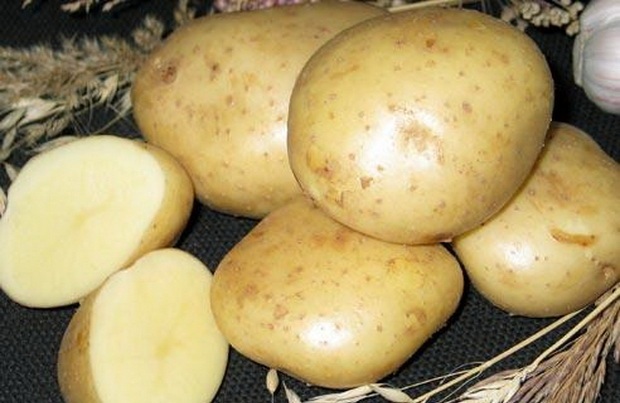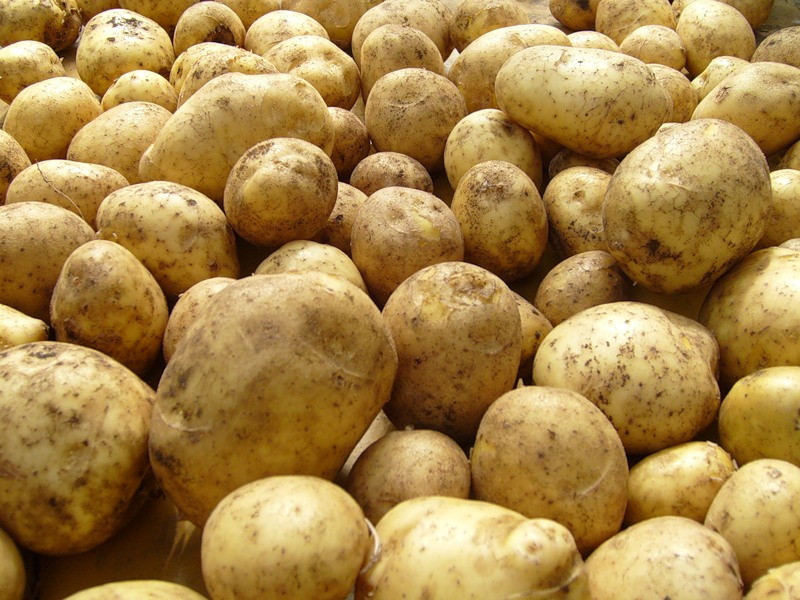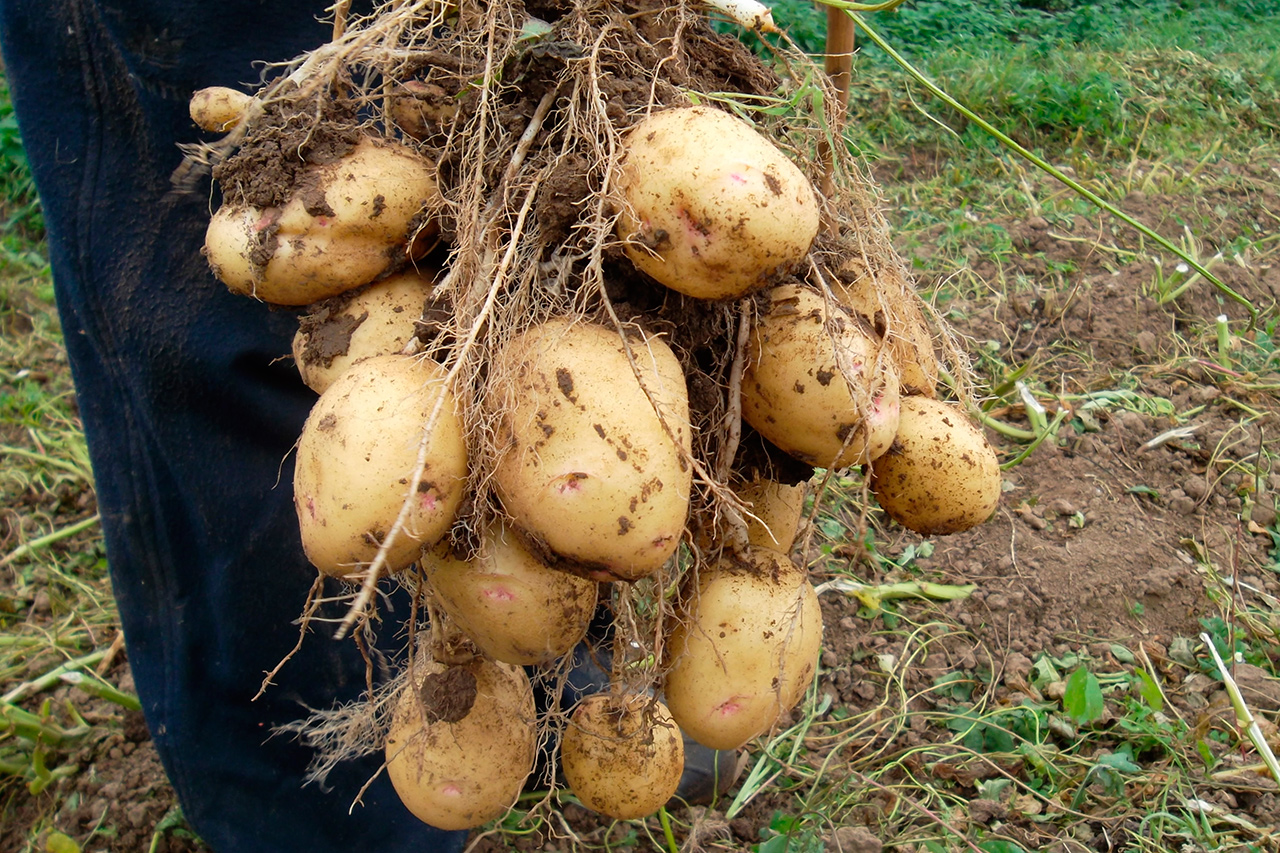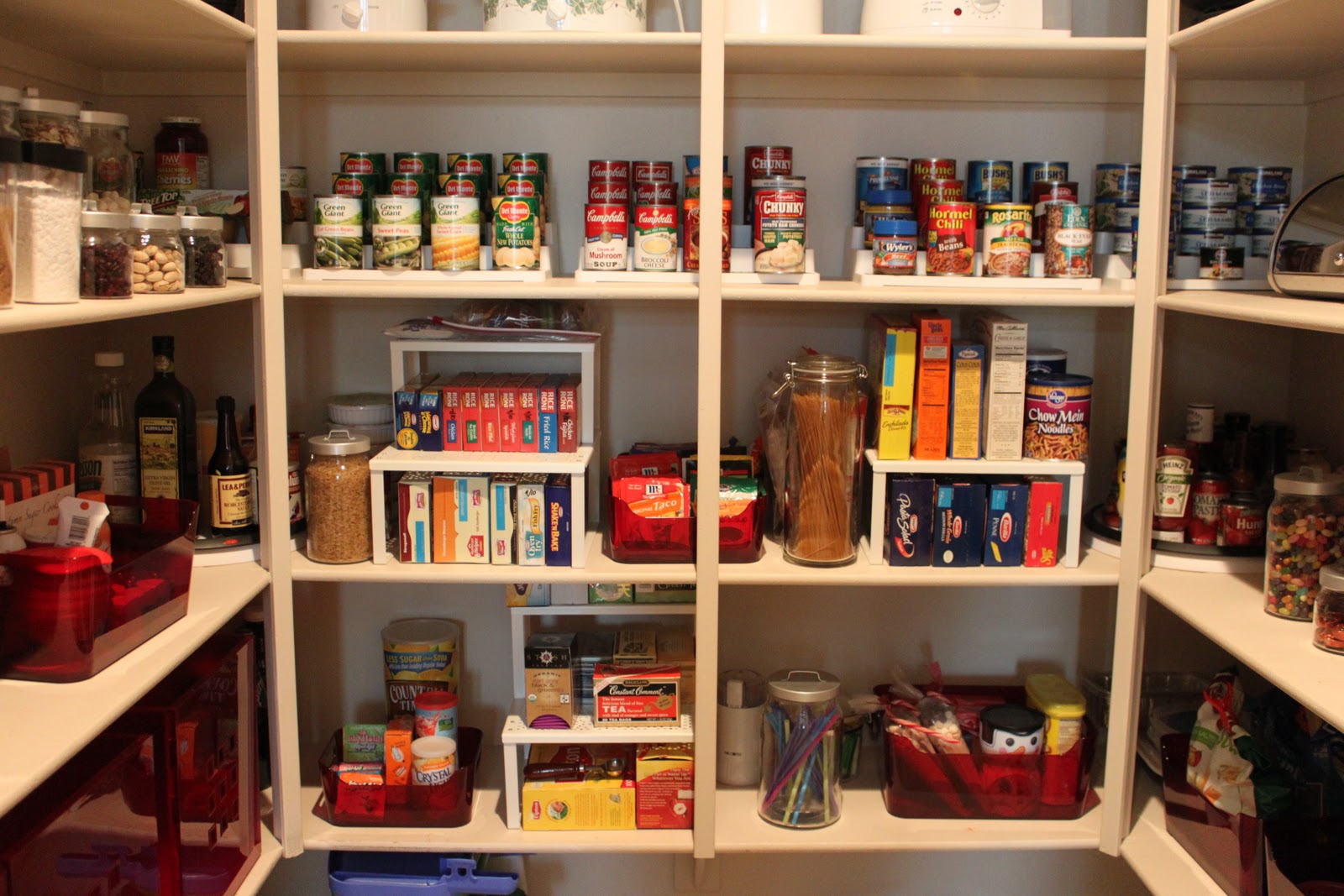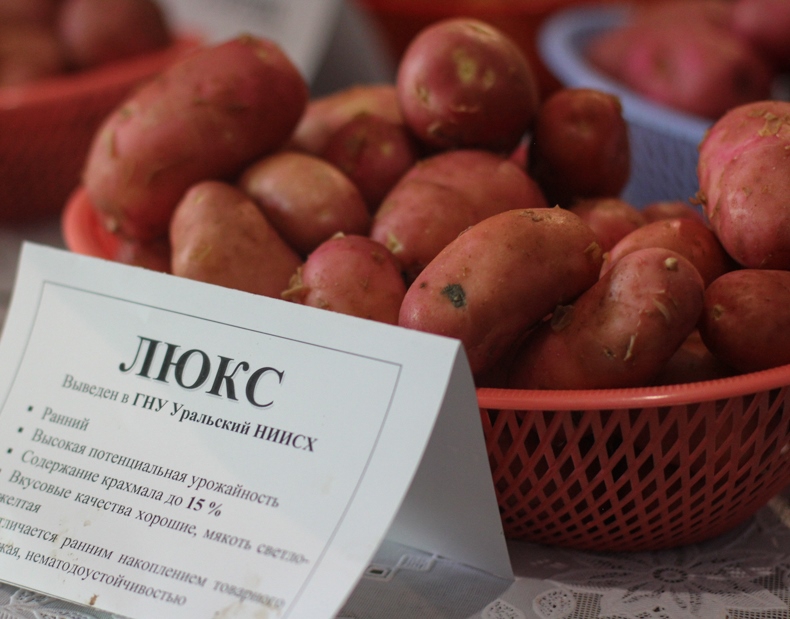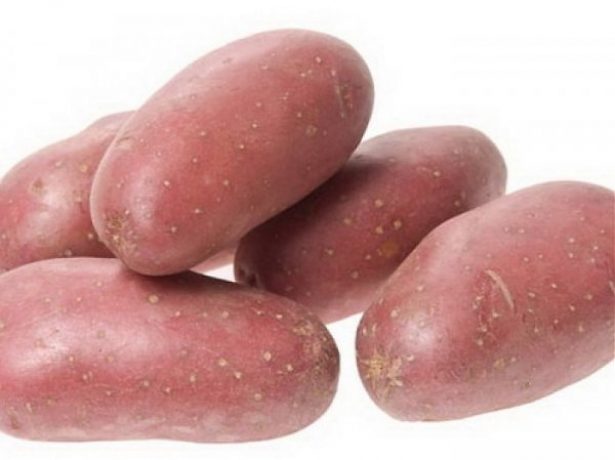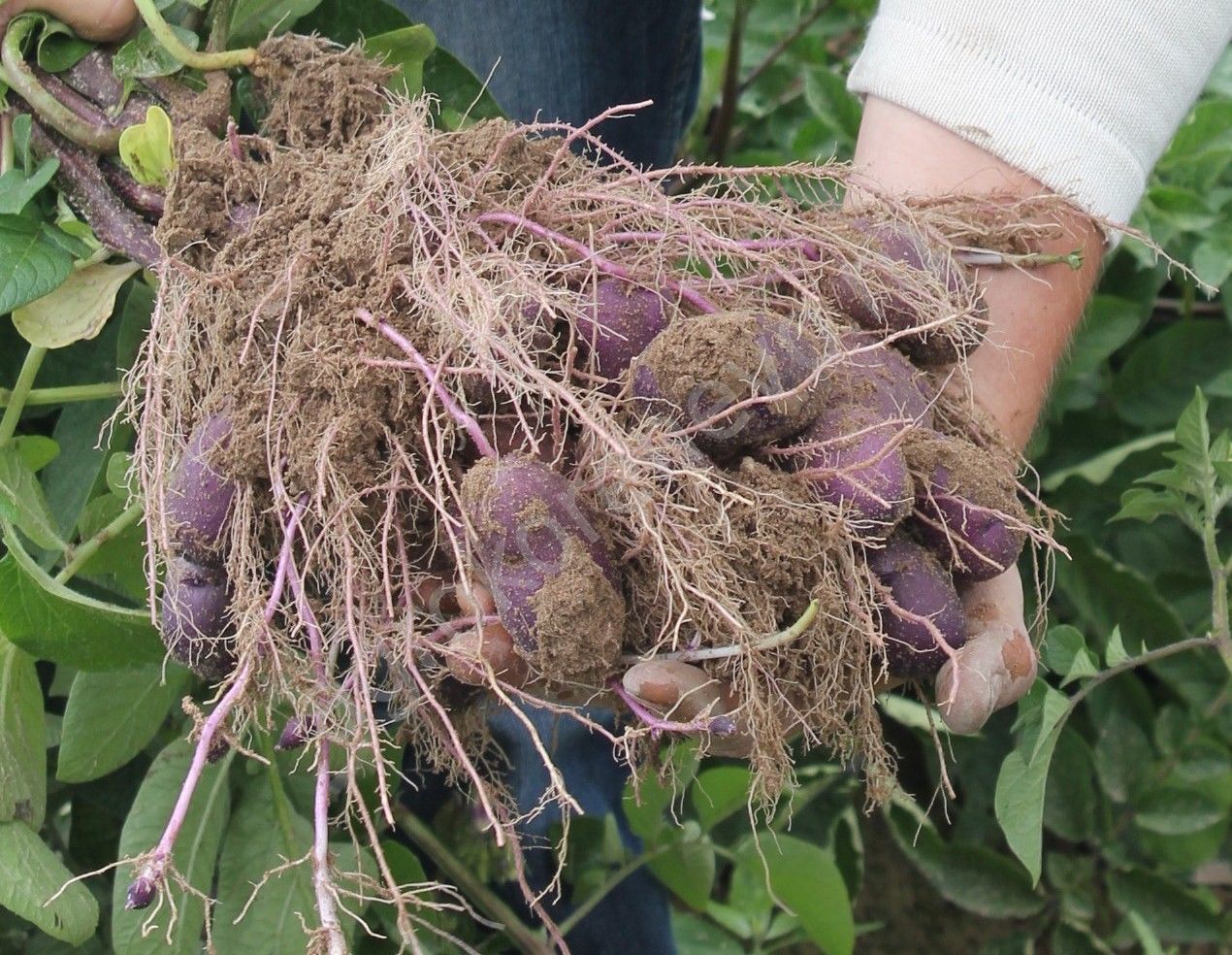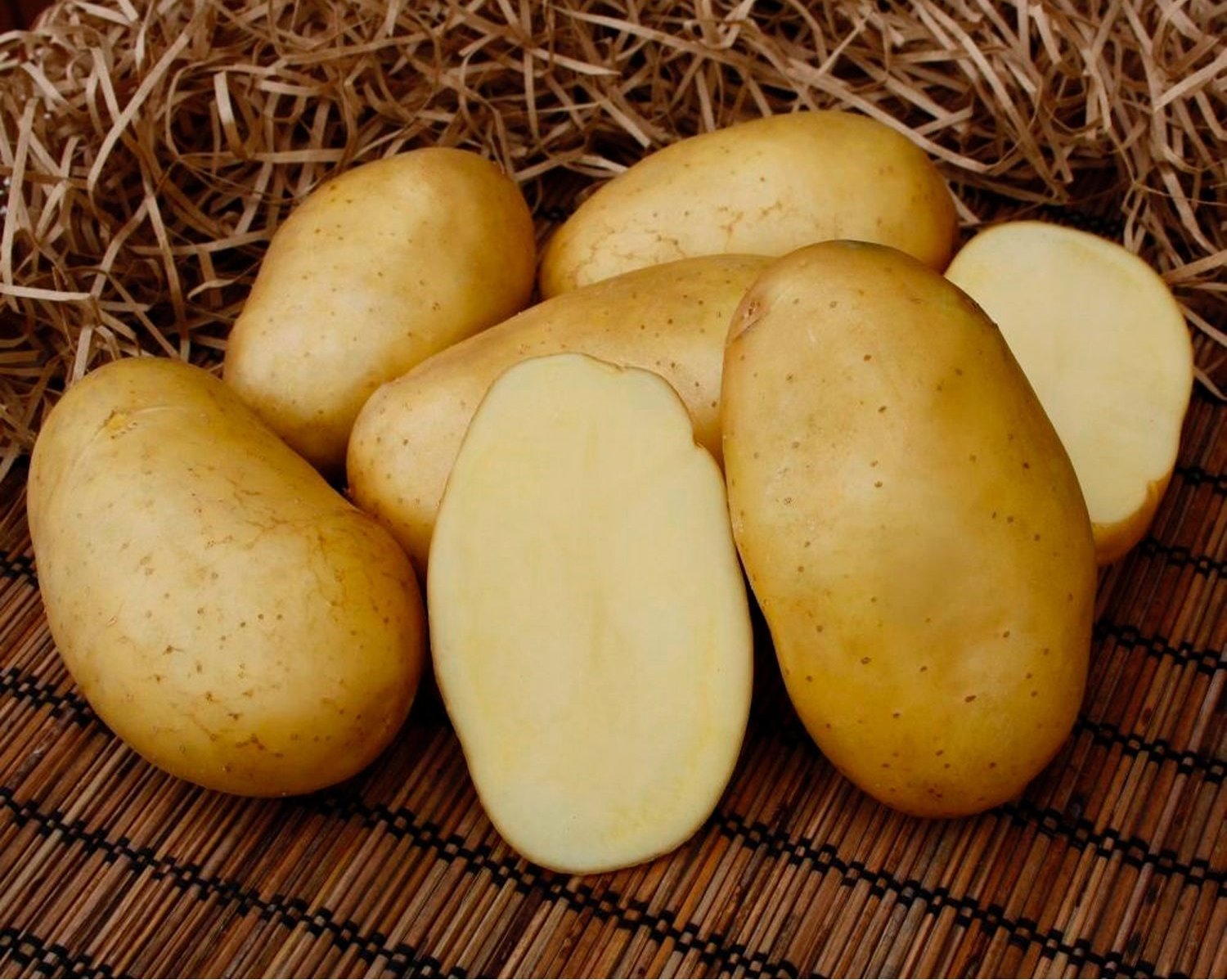Content:
One of the main products on the menu of every person is potatoes. This crop is grown everywhere and is the basis for many delicious dishes. At first glance, it is not very demanding on growing conditions. But without proper care and adherence to the rules of cultivation, it is unlikely that it will be possible to get a high-quality and bountiful harvest. One of the varieties of this crop was the Nikulinsky potato.
Description of culture
The result of the work of breeders over the past decades is the emergence of new varieties of potatoes. They are more resistant to environmental conditions, are immune to diseases and pests.
The potato plant forms bushes of various heights, under which tubers are tied on stolons (fruit-forming shoots of the root system). After the budding phase, flowering occurs. At its end, white, pink or purple flowers turn into small green fruits of a round shape. The seeds ripened in them are used for sowing.
In this case, large tubers can be obtained two years after sowing: at the first harvest, small nodules are dug out, which are stored until spring and then planted in the ground. Only by the fall of the second year, with proper care, can one expect to receive large tubers. Without wasting time, tubers can be bought in specialized stores. The potato is represented by a variety of ultra-early, early, mid-late and late varieties.
The history of the creation of the variety
Nikulinsky potatoes appeared not so long ago, was bred by breeders of the State Scientific Research Institute of Potato Farming named after V.I. A.G. Lorkha. The parental pair of varieties - Mavka and Peresvet, transferred its best properties to the new variety. Its name is associated with the name of the artist Yuri Nikulin.
The fact is that the scientists of the Scientific Research Institute of Potato Farming, which was located in the village. Korenevo, were invited to the artist's anniversary. He celebrated 70 years. The breeders knew that the hero of the day likes to grow vegetables with his own hands, so they decided to give him several tubers of new varietal potatoes.
Characteristics of the Nikulinsky variety
The bushes of Nikulinsky are erect, the stems are quite high (about 80 cm), with large leaves. At the end of the budding period, lilac flowers with a red tint are formed on them. Under the bushes, light yellow potatoes of a round shape with a mesh peel ripen. Their number ranges from 8 to 12 pieces.
Nikulinsky potatoes, according to the description of the variety in the State Register, are mid-late. Its growing season lasts about 4 months (115 to 120 days). It stands out on the site with bright green, when other bushes are already completing their growth cycle. The weight of medium-sized tubers is from 70 to 140 g. After the end of the growing season, the crop is harvested in vegetable stores or in basements and cellars of personal plots. Stored well, showing keeping quality at 95%.
Nikulinsky is classified as high-yielding - from 1 hectare harvested from 170 to 294 centners, sometimes even 410. According to the description of the originator, potatoes are classified as table varieties.Lovers appreciate it for its excellent taste and ability to quickly boil down.
Due to the high starch content (12 to 21%), commercial tubers are used for the production of this substance. A semi-finished product is made from potato pulp using a granulator. It serves as a base for dry mashed potato foods such as grains, flakes and granules. Can be cultivated on different types of soils. Grown in fields, gardens and household plots in Siberia and the Urals. It is also cultivated on the territory of Belarus, Kazakhstan, Moldova and Ukraine. Grows in India and China.
Growing features
The cultivation and care process is no different from the agricultural technology of other varieties of potatoes.
Seat selection
The bed, where other nightshade crops grew before, is not suitable for planting. The potato can "inherit" common diseases. Plots after mowing rye, oats, wheat and planting legumes, root crops are perfect. Like other varieties, Nikulinsky loves warm and moist soil. Being heat-resistant, it can withstand high air temperatures.
The soil can be different: sandy loam, loamy or clayey. The variety will definitely show the best result on fertile gray forest soils and chernozems.
Moreover, their reaction should not be acidic. Although potatoes are considered cold-resistant and can withstand the spring chill, they should not be planted to get early production.
Landing rules
Before planting tubers, you should describe the planting process, which consists of the following steps:
- Prepare planting material, for which you should select standard size potatoes. Large ones are also perfect - they can be cut, leaving 2 or 3 buds (eyes).
- Carry out gardening (vernalization) of tubers within 15 days.
- Germinate seed potatoes for a month, turning from time to time.
Vegetable growers from their own experience are advised to select large tubers for planting that can be cut. In this case, at least 2-3 eyes must be left on each of the parts.
The planting depth, which affects the quality and quantity of the crop, should be approximately 5-10 cm. It depends on the size of the planting tubers and the composition of the soil:
- on clay and loamy soils, potatoes are laid to a depth of 6 cm;
- the most acceptable depth on sandy loam is 6-10 cm;
- on lowland and peat areas, the potatoes should be deepened by 10 or 12 cm.
When planting small potatoes, the embedding depth is 4-5 cm, large specimens are placed 8-9 cm deep.
Watering and feeding
Adding a mixture of ash, humus and mineral fertilizers to the holes and furrows will help to grow large potatoes.
Also, potato beds must be fed and watered during the growth process, combining these two agrotechnical measures. During feeding, the potatoes receive the necessary nutrition. Nutritional components of slurry or fermented chicken droppings will be very useful for bushes.
To avoid its harmful effects when fresh, it is poured into a bucket or barrel, filled with water. After fermentation for 7 days, it is ready for use, but you can use it only after preparing a solution of 1 liter of infused manure and 10 liters of water.
At the end of the procedure, the ridge where the potatoes are planted, it is advisable to water 3-5 times per season. Soil moisture on them will last longer if the aisles and distances between bushes are mulched. In addition, one should not neglect hilling bushes and deep loosening of the space between the rows.
Storage
Upon completion of the collection, Nikulinsky potatoes are dried out of the reach of the light. Then they are sent to the prepared storages. These can be basements, cellars, pits and trenches. For convenience, tubers are poured into nets, boxes and containers. In an apartment, you can successfully save the harvest in the refrigerator, pantry, on the balcony or loggia.
Advantages and disadvantages
Nikulinsky is well kept, keeping quality is 95%. Besides, it has a number of other advantages:
- shallow eyes for easy cleaning during cooking;
- white pulp that does not darken during cooking;
- stable yield;
- resistance to late blight, medium resistance to scab, rhizoctonia and alternaria;
- weather resistance, able to tolerate cold winds and precipitation normally;
- drought - and heat resistance;
- resistance to viral diseases and cancer.
How not to mention the excellent taste, although they attract not only connoisseurs of taste, but also the Colorado potato beetle. The striped insect chooses the juicy greens of this potato more often than the leaves and shoots of other varieties. As a result, the bush becomes defenseless when attacked by Colorado beetles. This disadvantage often becomes the reason that gardeners refuse to cultivate Nikulinsky potatoes in their plots. Vegetable growers mention one more disadvantage. It is the inability to resist nematodes. To combat them, you have to use chemical means of protection.
Despite the plant's inability to fight pests and avoid lesions, it has many adherents. After all, there are not many species at their disposal that combine taste, high starch content and the ability to tolerate weather surprises.
